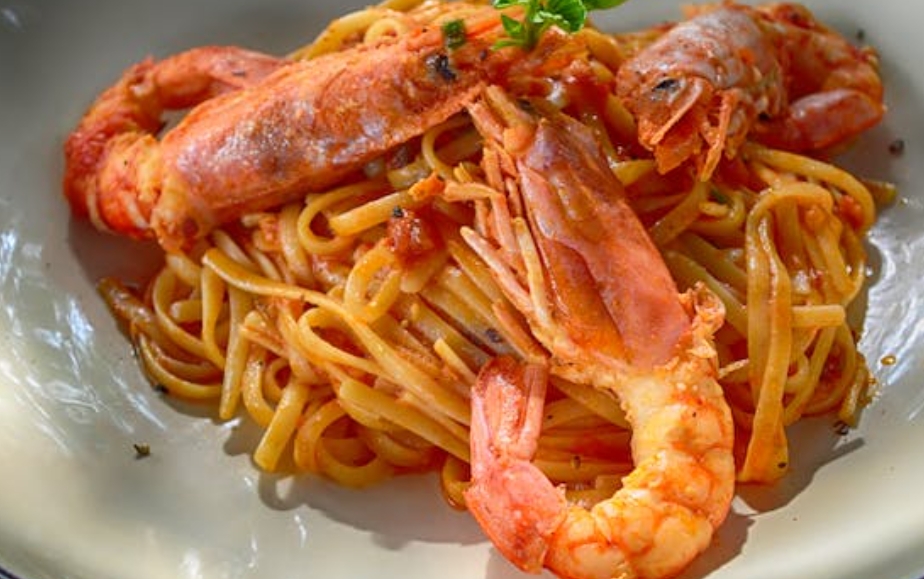Culinary Journeys: Exploring Global Flavors and Street Eats

Introduction
Culinary journeys are more than just a quest for food. They’re an expedition into the heart of a culture, an exploration of flavors that define a nation’s identity. From the aromatic spices of Asia to the hearty comfort foods of Europe, street eats offer a unique window into the world’s diverse cuisines. In this article, we embark on a global culinary adventure, uncovering the vibrant tapestry of street food culture.
1. The Cultural Tapestry of Street Food
Street food is more than just sustenance; it’s a culinary ambassador that carries the essence of a culture. The bustling stalls and vendors are the beating heart of a city, where locals and travelers alike converge to savor the flavors of a region. The connection between street food and culture is palpable, as each dish tells a story of heritage, tradition, and the passage of time.

2. Asia: A Street Food Paradise
Asia, with its kaleidoscope of flavors and culinary traditions, is a paradise for street food enthusiasts. In Thailand, the vibrant street food culture is a symphony of sweet, sour, spicy, and savory. From the bustling night markets of Bangkok to the floating markets of Ayutthaya, every corner offers a new gastronomic delight. In Hong Kong, dim sum reigns supreme, a delicate dance of dumplings and tea that tantalizes the taste buds.

3. Europe: A Gastronomic Adventure
Europe offers a gastronomic journey through cobbled streets and bustling squares. In Paris, the scent of crêpes wafts through the air, inviting passersby to indulge in this quintessential French delight. Meanwhile, Spain’s tapas culture invites communal dining and a tapestry of flavors, from tender jamón ibérico to perfectly spiced patatas bravas. In Italy, street food markets are a symphony of aroma and color, with vendors serving up pizza al taglio, arancini, and so much more.

4. Latin America: Fiesta of Flavors
Latin America is a fiesta of flavors, with street food at the heart of the culinary scene. In Mexico, the streets come alive with the sizzle of tacos, the aroma of tamales, and the crunch of tostadas. Brazil’s acarajé, a deep-fried delight of black-eyed pea dough filled with spicy shrimp, transports taste buds to the vibrant streets of Salvador. And in Peru, the scent of anticuchos grilling on open flames is a testament to the country’s rich culinary heritage.
5. Middle East: A Fusion of Spices
The Middle East is a region of vibrant spices and bold flavors, and its street food is a testament to this culinary richness. From the Levant, falafel and shawarma tempt passersby, offering a taste of the region’s centuries-old culinary traditions. In the markets of Morocco, the air is thick with the aromas of cumin, cinnamon, and saffron, as vendors prepare fragrant tagines and spiced couscous. Meanwhile, in Turkey, the scent of fresh-baked simit and the sizzle of kebabs are an invitation to explore the country’s diverse street food offerings.

6. Africa: A Culinary Odyssey
Africa’s culinary landscape is as diverse as its landscapes, with each region offering a unique array of flavors. From the bustling markets of Marrakech, the scent of cumin and coriander mingles with the vibrant colors of fresh produce, inviting visitors to sample Moroccan delicacies. In South Africa, the aroma of grilled boerewors fills the air, offering a taste of the country’s rich barbecue tradition. And throughout the continent, street vendors offer a taste of the unique dishes that define each culture.
7. The Joy of Culinary Exploration
Exploring street food is not just about indulging the taste buds; it’s an adventure of the senses. It’s the sizzle of a hot wok, the fragrance of exotic spices, and the anticipation of that first, flavorful bite. It’s also about the stories behind the vendors—their passion, their traditions, and the love they pour into each dish.

8. Street Food and Sustainability
Beyond the flavors, street food often champions sustainability. Local ingredients, sourced from nearby markets, reduce food miles. Vendors often use traditional, time-tested methods that prioritize freshness and minimize waste. By choosing street food, travelers not only savor authentic flavors but also support local communities and eco-friendly practices.
9. Mastering the Art of Street Food Photography
Capturing the essence of street eats requires a keen eye and an appreciation for the artistry of food. Lighting, composition, and perspective all play a role in creating visually enticing images. Whether you’re using a professional camera or your smartphone, taking the time to frame the shot can transform a simple meal into a work of art.

10. Bringing Global Flavors Home: Street Food-Inspired Recipes
While nothing quite matches the experience of savoring street food in its place of origin, bringing global flavors into your own kitchen can be a delightful culinary adventure. From pad thai to paella, exploring street food-inspired recipes allows you to recreate the flavors of your favorite destinations and share them with friends and family.
Conclusion
Culinary journeys through global flavors and street eats are an invitation to explore the world one bite at a time. It’s a celebration of diversity, a journey of flavors that bridges cultures and connects people. So, the next time you find yourself in a new city, follow your nose to the nearest street vendor—you might just discover a culinary gem that leaves a lasting impression.





